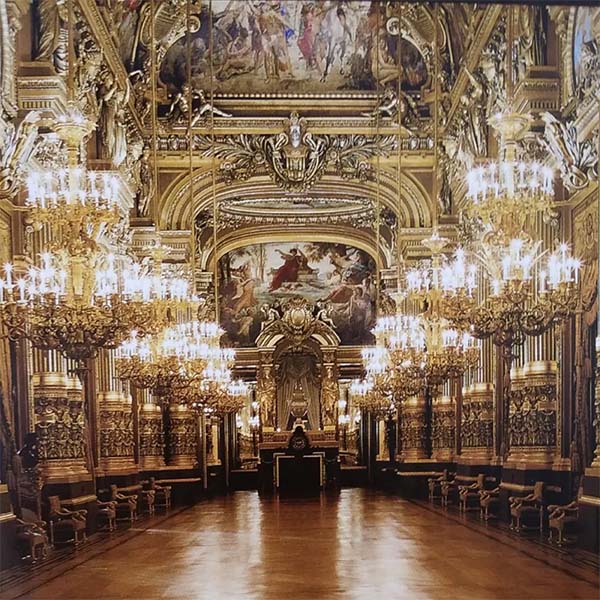Since the 19th century, various styles in the field of art and design have gradually matured, creating favourable conditions for the formation of eclectic style. This hybrid style, which combines the best of various styles, is leading art and design in a new direction of non-traditional stylisation.
What is the eclecticism?
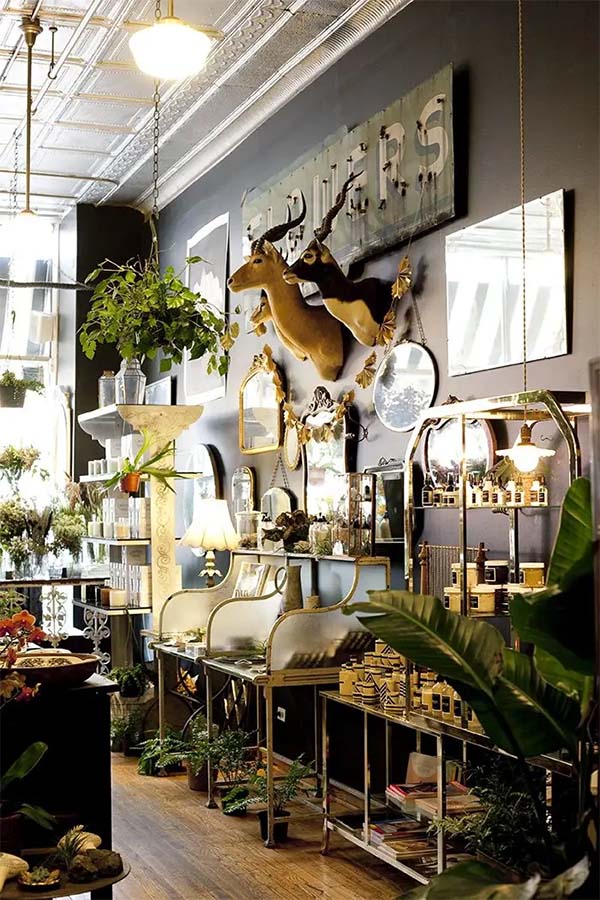
Eclecticism, in philosophy, refers to the selection and integration of truths or ideas from different theories. This concept has gradually permeated the field of art and design, forming a unique eclectic style. This style is not bound to a fixed form, and freely combines various elements of expressionism, showing a diversified and mixed charm.
In architectural design, eclectic style is particularly significant.
The Paris Opera House in France is an outstanding representative of the eclectic style. This building, designed by Charles Garnier, combines Romanesque colonnades and Italian Baroque decorations, but appears to be harmonious and rich in artistic atmosphere, becoming the pinnacle of eclectic style.
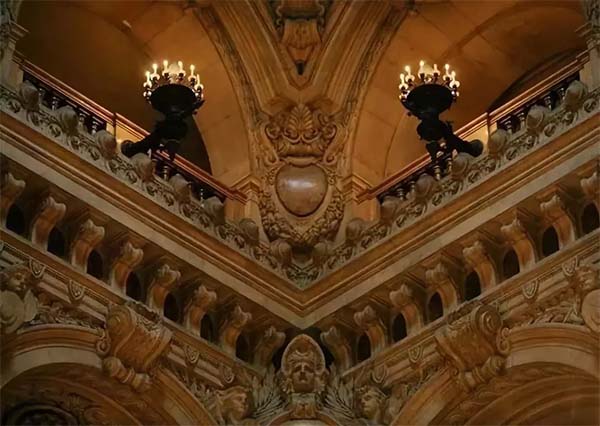
Another typical eclectic building is the École des Beaux-Arts in Paris. This former centre for the dissemination of eclectic art, with its stately simplicity on the outside and atmospheric simplicity on the inside, brings together the best of various styles.
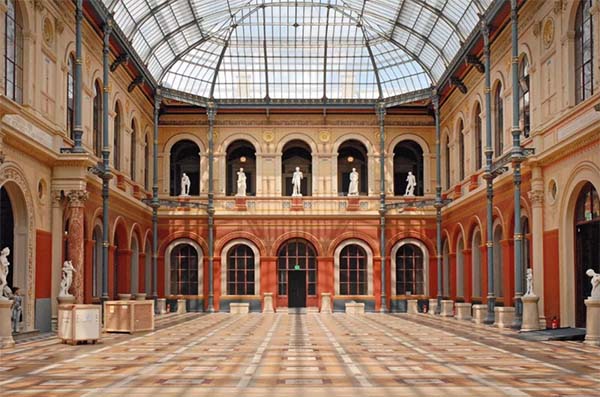
In China, the Gude Temple in Wuhan is also an example of eclecticism. Built in the Guangxu period of the Qing Dynasty, this temple is unique among Oriental temples in its fusion of Eurasian religious architecture, combining Gothic, Romanesque, Byzantine and Islamic styles.

In more recent times, the understanding of the eclectic style has been constantly updated. Finland’s Helsinki railway station, which was renovated in 2018, cleverly combines the original author’s design concepts with modern elements, revealing a modern eclectic style that blends the old with the new.
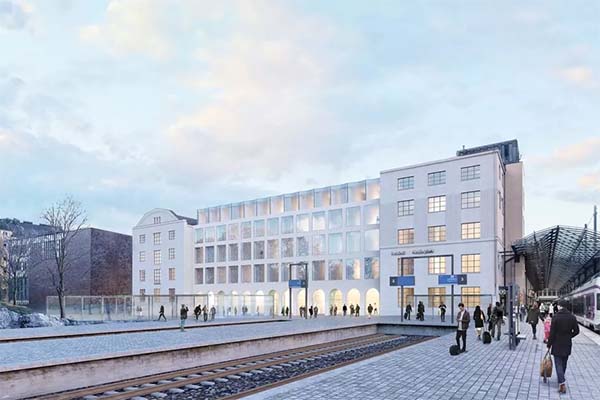
The eclectic style has not only shone in architecture, but has also been widely used in interior design.
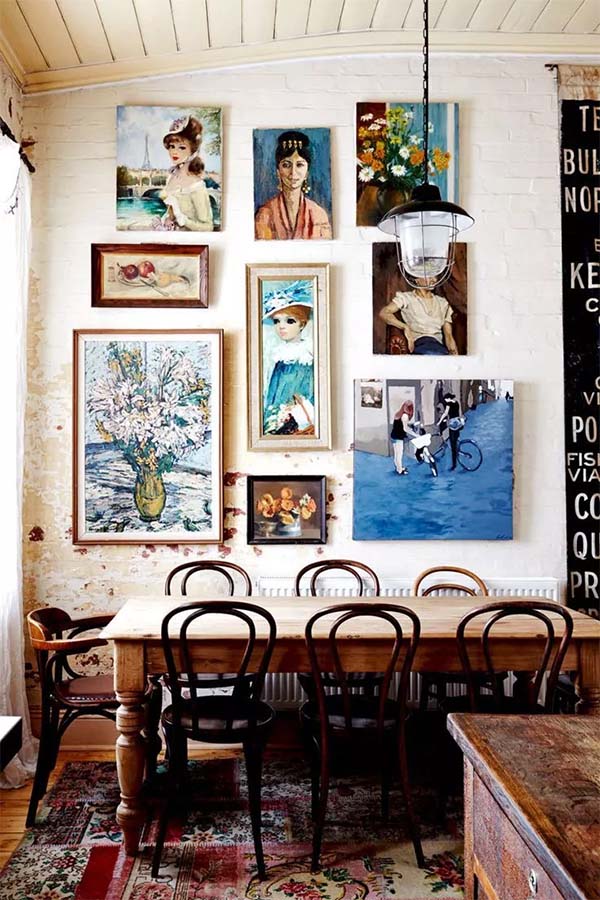
A room that combines classical and gothic styles is a masterpiece of eclectic style. Classical and delicate decorative paintings on the wall complement the decadent furniture, and the strong contrast between warm and cool colours makes the whole space lively and interesting without being cluttered.
It is worth noting that eclectic style is not a random patchwork, but a careful selection and reorganisation of the best parts of various styles, aiming to achieve visual harmony and balance. Therefore, eclectic style maintains order in mix and match, does not unify but does not destroy the beauty, and its ultimate goal is to achieve visual harmony and unity. Eclectic style is precisely such an artistic expression that is both diverse and harmonious.


